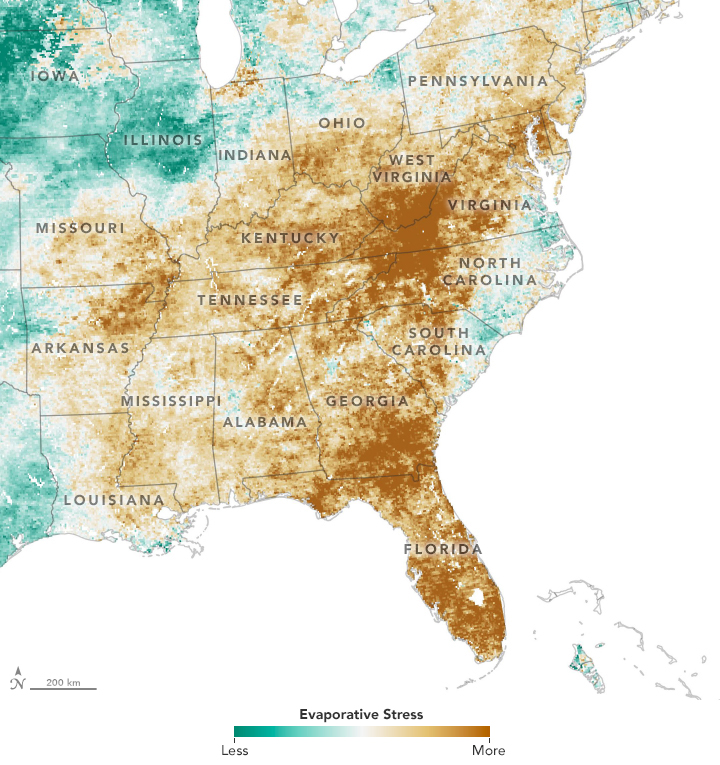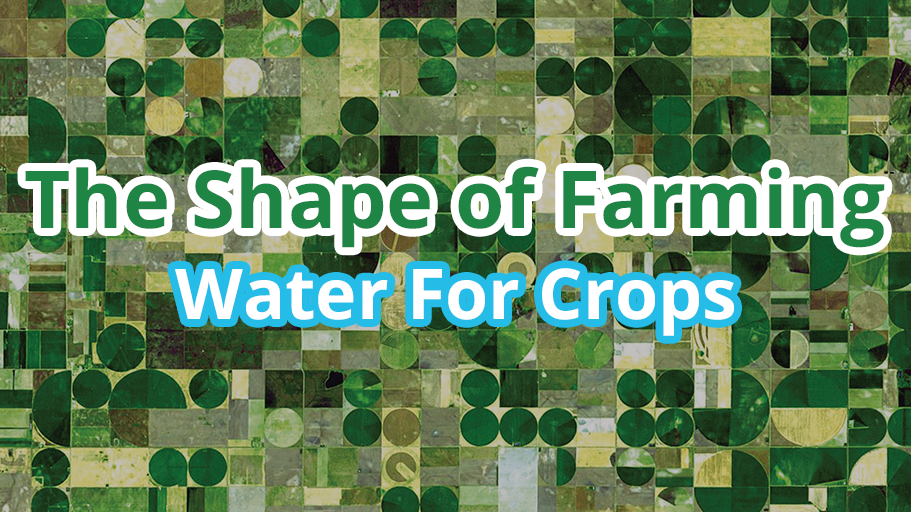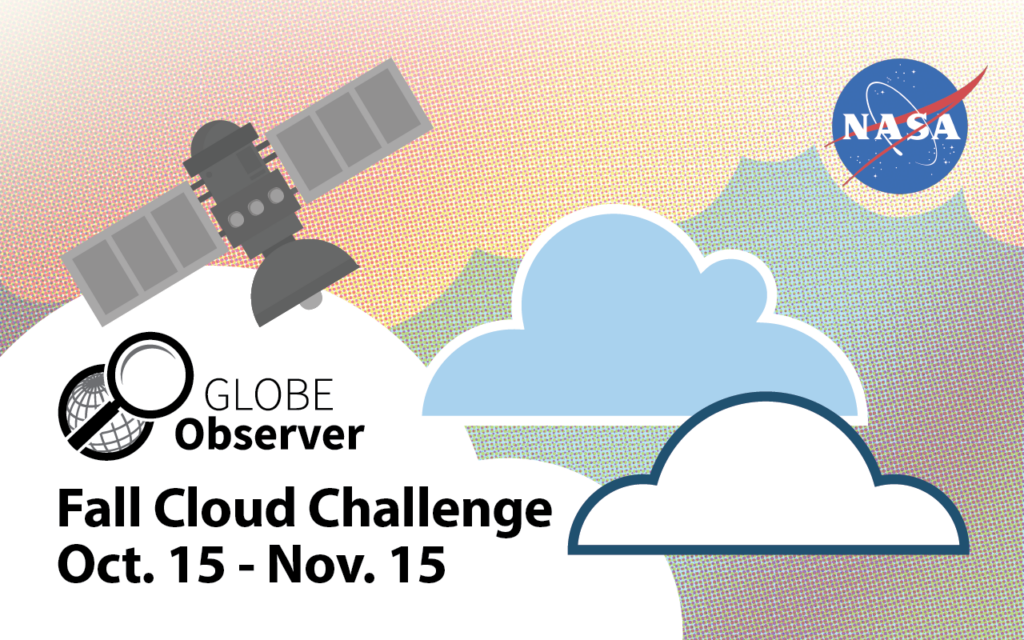In celebration of Terra’s 20 years in orbit three sessions (two oral and one poster) are being held at the American Geophysical Union (AGU) Fall Meeting, December 9 – 14, 2019 in San Francisco.
IN13A Terra@20: Data System Evolution to Advance Climate Research I
- Oral presentations
- Moscone West – 2018, L2
- December 9 1:40 pm – 3:40 pm
On December 19, 1999, NASA launched the Terra spacecraft, a unique mission to explore the connections between Earth’s atmosphere, land, snow and ice, ocean and energy balance to understand Earth’s climate and climate change. No other Earth science mission has been as productive as Terra; its exponential increase in data distribution has driven many changes in science data systems. This session will address the 20 years of advances in algorithm and data production, data maturity and quality, and data discovery and access. Special interest topics include improvements in access to Terra data that subsequently resulted in advancing climate research and applications which would not have been achieved otherwise. The convening committee will request oral presentations representing data management from each of the five instruments on Terra. We will also seek presentations from industry and academia to discuss how data management has changed and best practices.
GC14B Terra: Twenty Years as the Earth Observing System Flagship Observatory I
- Oral presentations
- Moscone West – 2007, L2
- December 9 4:00 pm – 6:00 pm
The Terra platform celebrates 20years since the launch of its five instruments (ASTER, CERES, MISR, MODIS, and MOPITT) in December 1999. The goal for Terra was to provide a broad range of products to provide answers to the overarching question, “How is the Earth changing and what are the consequences for life on Earth?” Speakers will be invited to describe the impacts of data from Terra on our understanding of global atmospheric, land, and ocean processes including contributions to agriculture, air quality, climate, disaster management, ecological forecasting, public health, water resources, and weather. The importance of Terra’s 20-year data record and for its continued operation will be emphasized.
IN21E Terra@20: Data System Evolution to Advance Climate Research II Posters
- Poster session
- Moscone South – Poster Hall
- December 10 8: 00 am – 12:20 pm
On December 19, 1999, NASA launched the Terra spacecraft, a unique mission to explore the connections between Earth’s atmosphere, land, snow and ice, ocean and energy balance to understand Earth’s climate and climate change. No other Earth science mission has been as productive as Terra; its exponential increase in data distribution has driven many changes in science data systems. This session will address the 20 years of advances in algorithm and data production, data maturity and quality, and data discovery and access. Special interest topics include improvements in access to Terra data that subsequently resulted in advancing climate research and applications which would not have been achieved otherwise. The convening committee will request oral presentations representing data management from each of the five instruments on Terra. We will also seek presentations from industry and academia to discuss how data management has changed and best practices.





